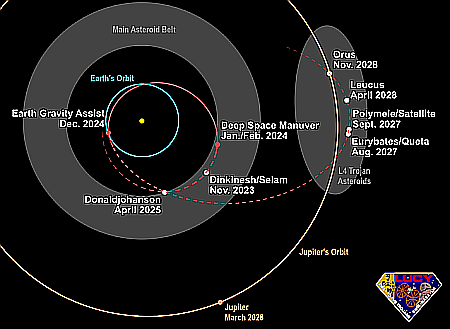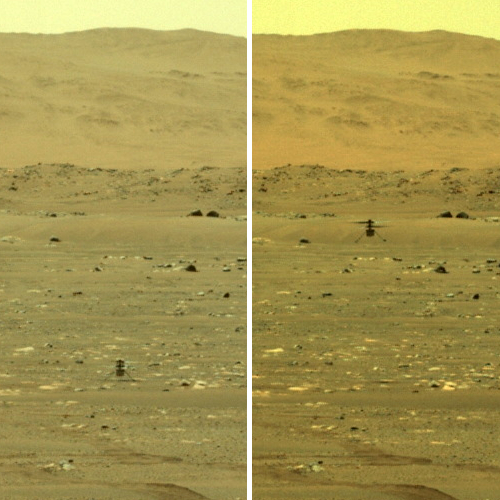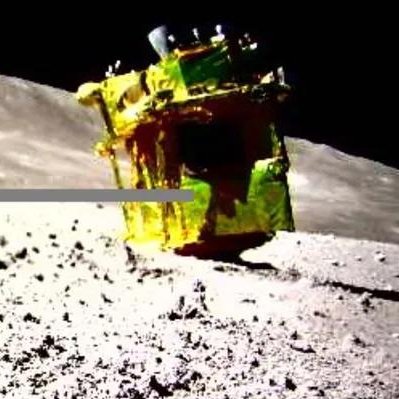Another Chinese pseudo-company vertically lands a prototype 1st stage
According to China’s state-run press, the Chinese pseudo-company Expace yesterday successfully completed a short hop, with a methane-fueled prototype first stage of its next generation Kuaizhou rocket taking off and landing vertically.
The flight time lasted 22 seconds, and the rocket hovered in the air for nine seconds, with a height accuracy of 0.15 meter. The landing posture of the test rocket was stable, the landing position accurate and the rocket body in good condition, signifying the success of the experiment, according to the company.
Several things. First, this “company” is directly affliated with one of China’s government space agency. Its presently operating Kuaizhou rocket uses solid-fueled stages, adapted directly from missile technology that could only be obtained with full permission of that government. Second, there appears to be a plethora of these Chinese rocket “startups” now flying and testing methane-fueled engines. Want to bet the Chinese government told them all to share design information?
Third, there is also a plethora of Chinese pseudo-companies testing vertical take-off and landing for their first stages. Want to bet the Chinese government also told them to share design information?
Without question China’s space industry is moving fast, and will definitely be a competitive threat in the coming years — assuming outside events, such as war or economic collapse, don’t overwhelm things. However, it is a big mistake to see its industry as made up of independent, privately owned, and competing companies. They raise investment capital, compete for contracts from the government and other Chinese commercial entities, but in the end, everything they do is coordinated from above, by the Chinese communists.
According to China’s state-run press, the Chinese pseudo-company Expace yesterday successfully completed a short hop, with a methane-fueled prototype first stage of its next generation Kuaizhou rocket taking off and landing vertically.
The flight time lasted 22 seconds, and the rocket hovered in the air for nine seconds, with a height accuracy of 0.15 meter. The landing posture of the test rocket was stable, the landing position accurate and the rocket body in good condition, signifying the success of the experiment, according to the company.
Several things. First, this “company” is directly affliated with one of China’s government space agency. Its presently operating Kuaizhou rocket uses solid-fueled stages, adapted directly from missile technology that could only be obtained with full permission of that government. Second, there appears to be a plethora of these Chinese rocket “startups” now flying and testing methane-fueled engines. Want to bet the Chinese government told them all to share design information?
Third, there is also a plethora of Chinese pseudo-companies testing vertical take-off and landing for their first stages. Want to bet the Chinese government also told them to share design information?
Without question China’s space industry is moving fast, and will definitely be a competitive threat in the coming years — assuming outside events, such as war or economic collapse, don’t overwhelm things. However, it is a big mistake to see its industry as made up of independent, privately owned, and competing companies. They raise investment capital, compete for contracts from the government and other Chinese commercial entities, but in the end, everything they do is coordinated from above, by the Chinese communists.

















